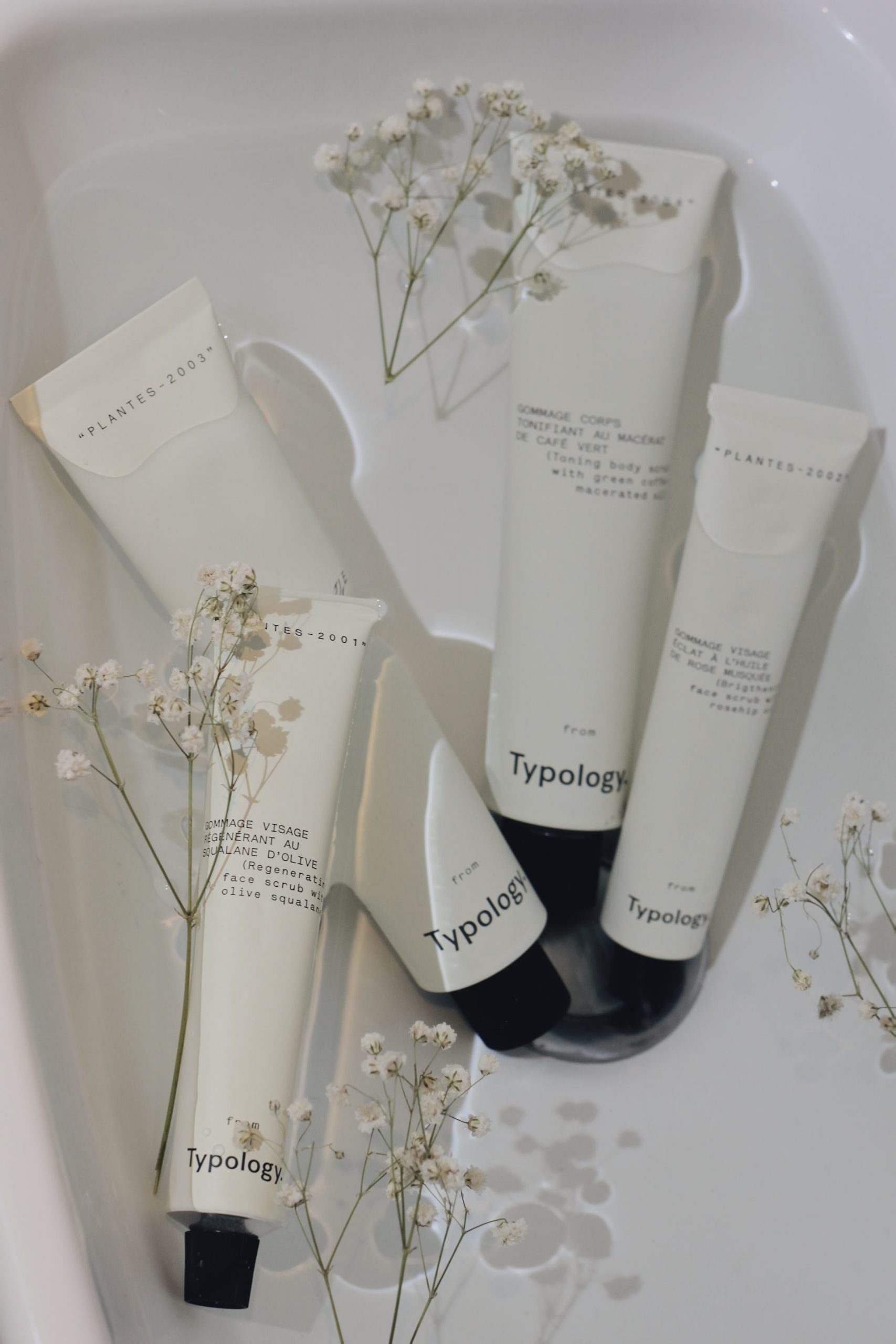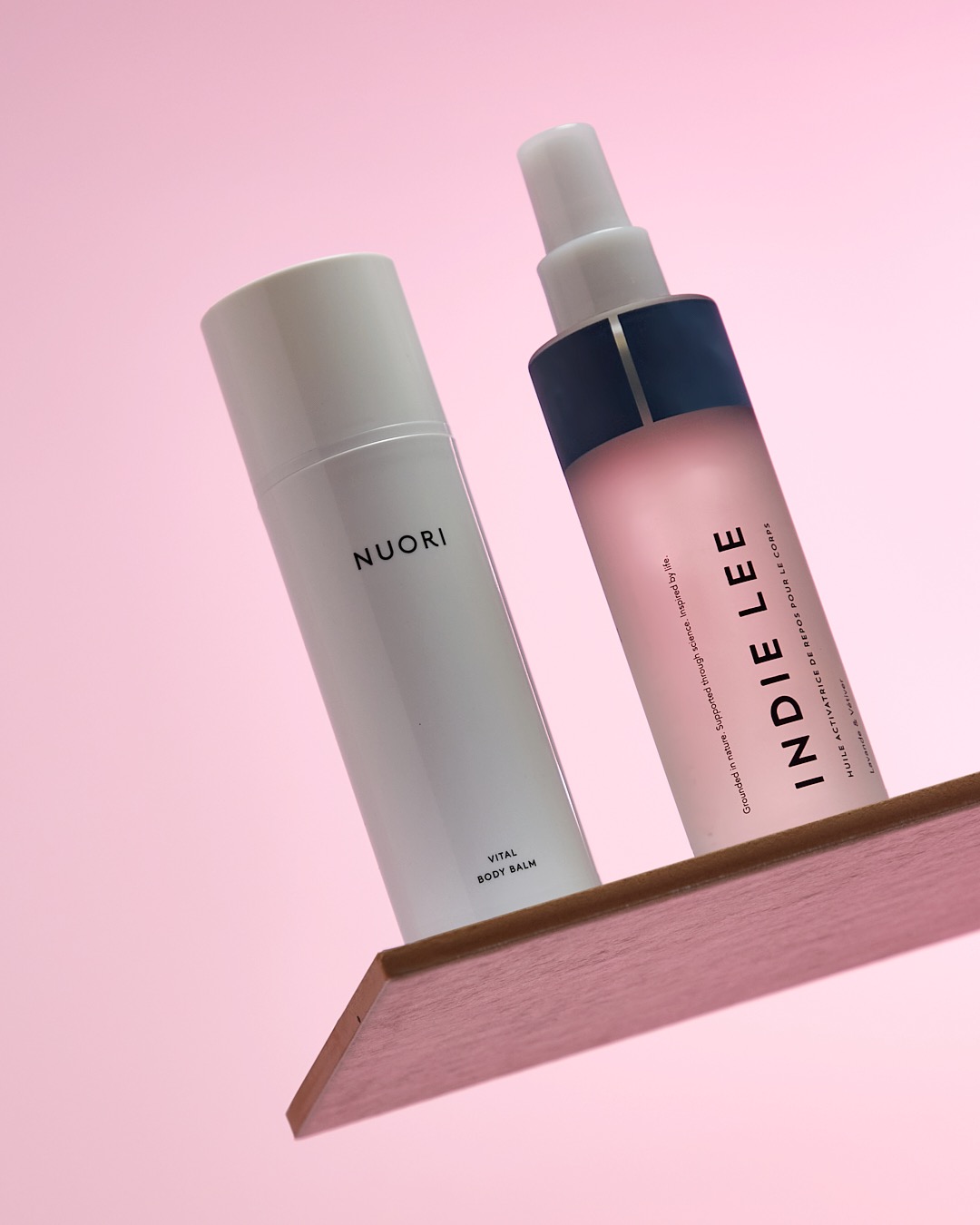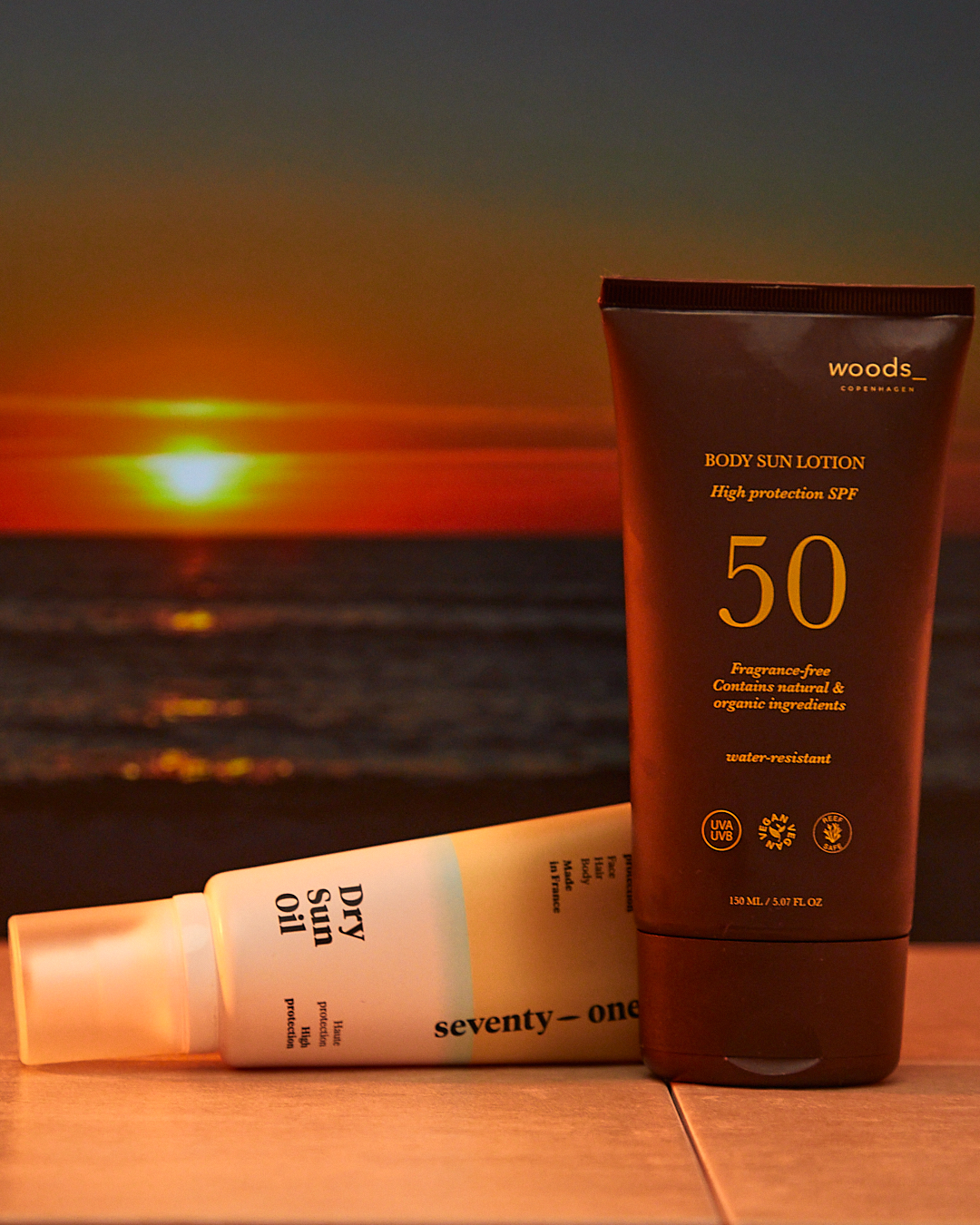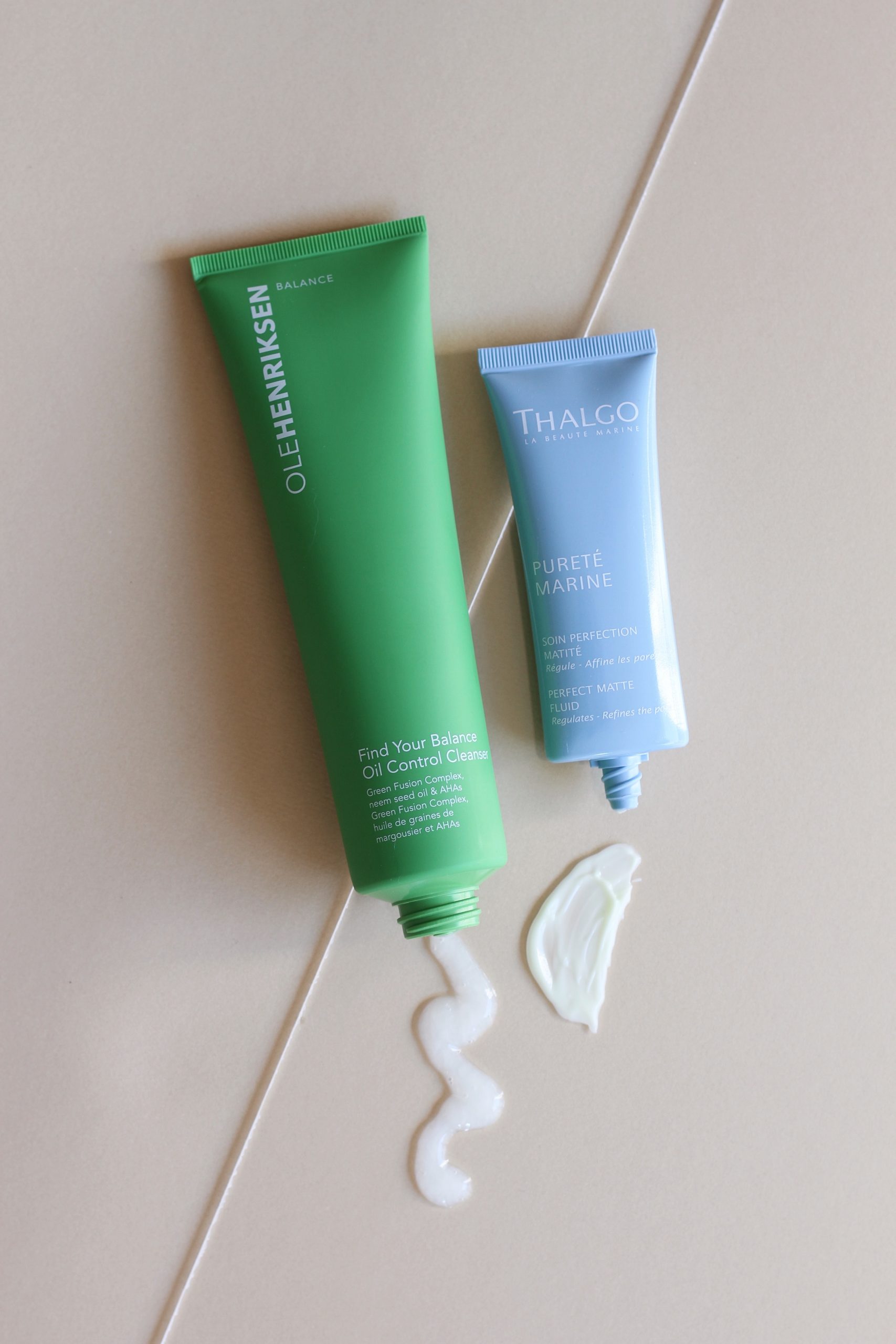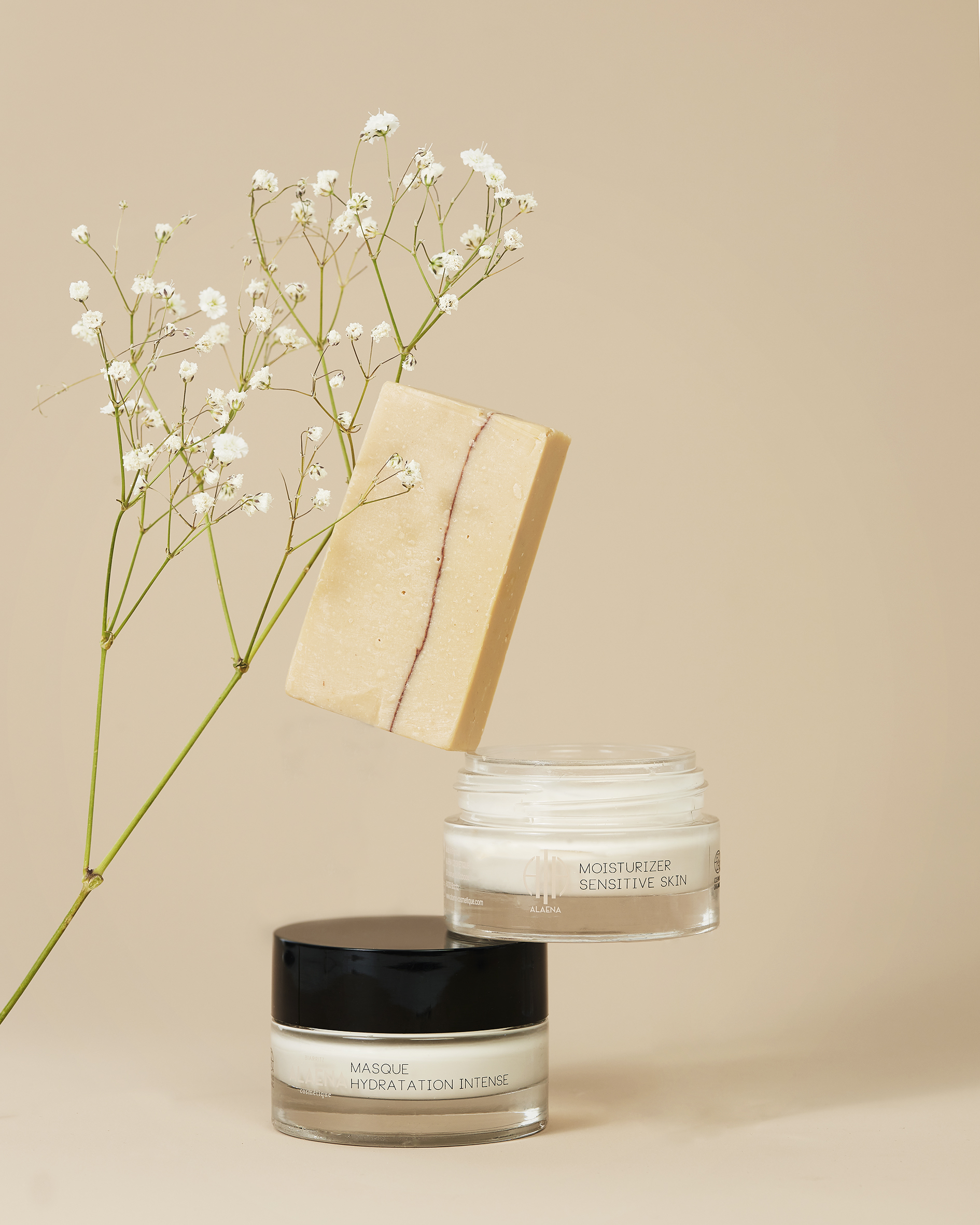
Zoom on hyperpigmentation
Hyperpigmentation is a little known but often complexing phenomenon for most people affected. In order to learn a little more about the subject, we asked a few questions of Dr Sylvie Peres, dermatologist and co-founder of Alaena.
Interview of Dr Sylvie Peres
What are the causes of hyperpigmentation?
The causes are varied:
- Helioderma or photoaging (induced by sun exposure) which combines wrinkles, fine lines, complexion blurred by more or less individualized pigmented spots and dilated vessels.
- Dermatitis of perfumes or charms: it is related to photosensitizing molecules present in scented products, so be careful with essential oils, the application of hydro-alcoholic solution, especially in forms other than that of the WHO which may contain perfumes. The pigmentation appears where the product is applied but in the neck the micro-drops of sprays diffused at arm’s length give, in the long run, irregular brown patches. Never spray towards yourself but on clothes laid flat at a distance. Do not use perfume when going in the sun.
- Post inflammatory hyper pigmentation: it occurs after acne especially excoriated, laser, peeling, any surgery or irritation because the hyper vascularization of the healing phase can leave brown marks (especially on dark skin) so protect yourself well from UV . Beware of isotretinoin (oral acne treatment) which makes you sensitive to the sun.
- Solar lentigines: seedlings of dark punctiform pigmentations when the skin is too exposed to the sun.
- Be careful with Dubreuilh’s melanosis: a form of melanoma of the face that is difficult to diagnose because it sometimes looks like a common sun spot. Any pigmented lesion should be checked by a dermatologist before treatment. We do not hesitate to biopsy if the pigmented spot persists.
- Melasma: it is an equivalent of the pregnancy mask, it comes in the form of more or less dark pigmentation mainly on the forehead, cheekbones or upper lip. It can also occur on the forearms in peri-menopause. It is favored by hormonal treatments, in particular hormonal contraception (pill, hormonal IUD, implant) and certain drugs such as tetracyclines prescribed for acne.
What are the best reflexes to limit hyperpigmentation?
Avoid any product that speeds up tanning if you are prone to this problem. The essential gesture is very careful sun protection. These spots tend to darken at the slightest ray of light. We apply the SPF50+ Alaena sunscreen in a thick layer on the spots morning, afternoon, every 2 hours + hat and glasses which will reinforce the protection.
For melasma, also beware of blue light from screens, if you stay in front of it for a long time it may be wise to put on some protection because this light is close to UV and can maintain pigmentation.
What are the products to adopt in your routine in case of hyperpigmentation?
A gentle peel (Alaena fruit acide peel) which refines the epidermis, favoring the penetration of depigmenting treatments that can be prescribed by your dermatologist such as the Kligman trio which is a preparation combining the 3 depigmenting molecules.
Care should always be taken in the evening, the day being devoted to sun protection.
In melasma a vascular component is suspected on which one can act by laser; the sessions will be practiced in winter.
In helioderma pigment lasers and pulsed lights give nice results. But be careful because pigmented skin can react by hyper-pigmenting as mentioned above.
The Standards Testers’ favorite
For the first time since the magazine’s inception, we brought in our community to study the results of certain products – that the team could not have analyzed precisely because they did not encounter this problem. So it was after selecting seven profiles with hyperpigmentation issues, and establishing a specific testing period, that a product clearly stood out!
The Ordinary – Alpha Arbutine 2% + HA, 8,90€
“After more than two months of use, I’m delighted to say that the most visible spots have greatly faded or even gone, and my skin texture appears sharper. I therefore concluded that the small inconveniences encountered at the start of use (more granular skin texture) simply corresponded to the period of adaptation of my skin to the product.”
Illustration: @naomiikado for Standards Magazine
www.naomikado.fr


